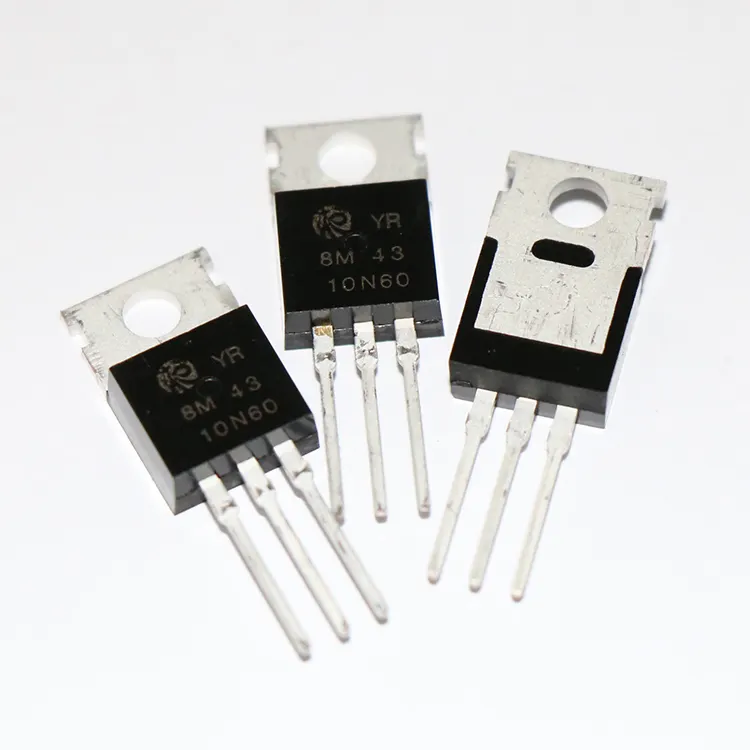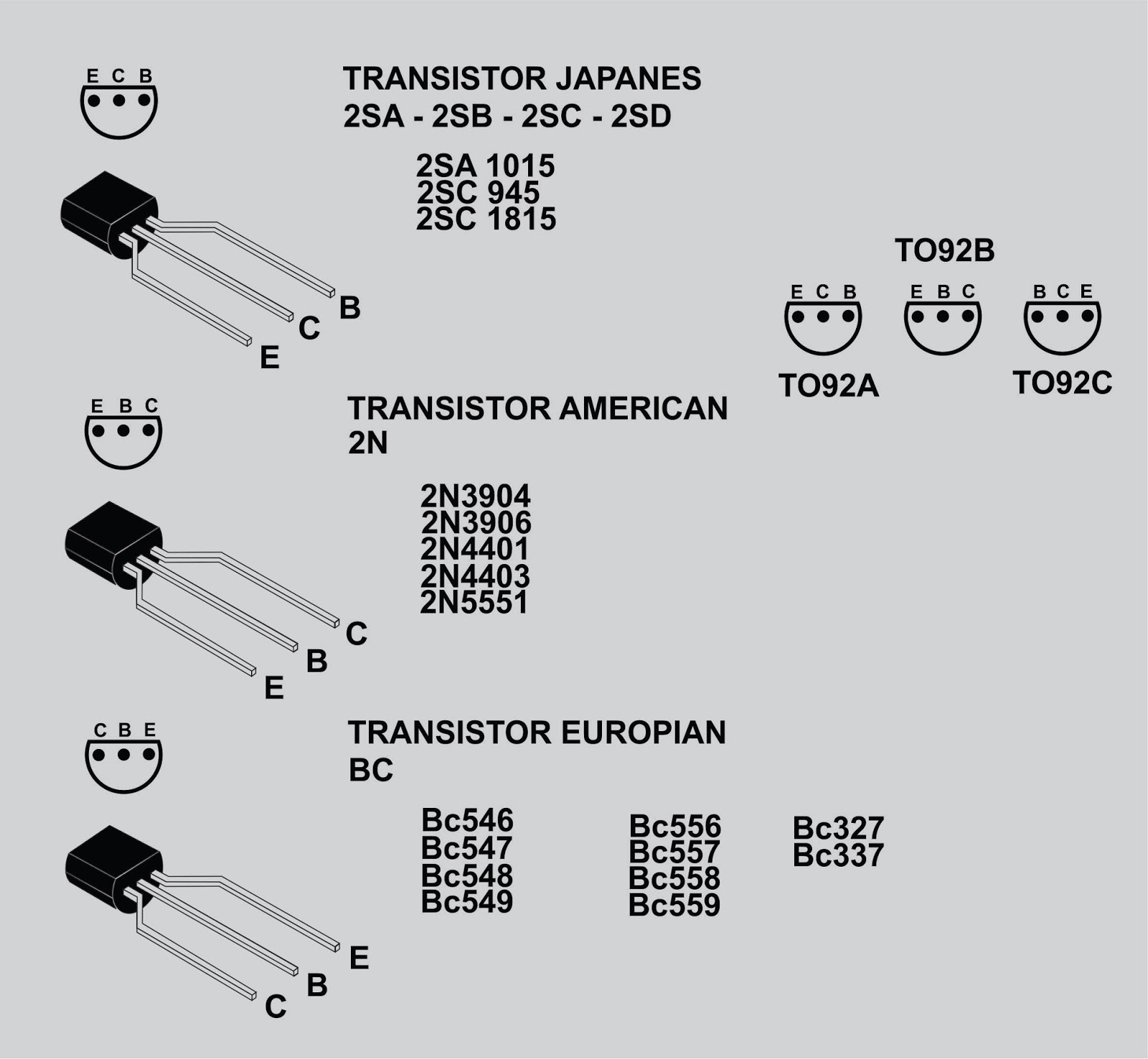

If the current is not a standard DC or sine wave, it will also produce harmonic loss. If the winding is with a resistance, there will be electric loss which is proportional to the square of resistance and current. The internal of common types of motors are iron core and winding coil. So the control of pulses’ number, frequency and the power on sequence of each phase winding of the motor affect the rotation of the stepper motor. The angular displacement of the output is proportional to the number of pulses input, and the speed is proportional to the pulse frequency.Ĭhanging the order in which the winding is energized will reverse the motor. Every input of an electric pulse leads the motor to rotate at an angle to advance one step. When the vector magnetic field of the stator rotates an angle, the rotor also rotates at an angle with this magnetic field. The magnetic field will drive the rotor to rotate an angle, so that the direction of magnetic fields of the rotor is consistent with that of the stator. 2)Dielectric Strength, or dielectric withstand voltage, refers back to the maximum voltage worth that can be tolerated between the input terminal and the output terminal of the stable-state relay.When the current flows through the stator winding, the stator winding produces a vector magnetic field. According to completely different enter voltage varieties, the enter circuit can be divided into three sorts, DC input circuit, AC input circuit and AC/DC input circuit. TheInput Circuitof the stable state relay, additionally referred to as control circuit, provides a loop for the enter management sign, making the management signal as atriggersource for the stable state relay. Especially in thecomputer automatic control systemfield, because the stable state relay requires very low drive power and are appropriate with the logic circuit, and can also instantly drive the output circuit without the necessity for an additional intermediatedigital buffer. Because of the inherent characteristics of stable state relays and the above advantages, SSR has been broadly used in numerous fields because it came out in 1974, and has utterly replaced electromagnetic relays in lots of fields where electromagnetic relays can't apply. This kind of tools require strict operating frequency and operation accuracy, and SPDT strong state relays can meet these necessities in most cases. If the remote control gadget desires to manage a number of objects, it wants to alter the transmitted signal if the communication tower desires to modify the recipient, it wants to change the transmission signal. When the management signal is applied on to the coil of the reed relay, the reed switch will close at once and the thyristor swap will be activated to make the load conduct. If the management signal has a fixed control voltage, the resistor enter circuit ought to be selected. 1) The Resistive Input Circuit, whose input current will increase linearly with increasing input voltage, and vice versa. Overview of stable state relays, following are the fundamentals of SSR- definition, sorts, working precept, structure, circuit diagram, instructions and and so on. Based on the enter form, DC kind SSR may be divided into the Resistive Input Type DC stable state relays and the Constant Current Input Type DC stable state relays. 1) The actual application situations of the product should totally comply with the necessities of the parameters and characteristic curves of solid-state relays.

And if considered one of SPDT change output terminals doesn't hook up with any circuit, the SPDT change capabilities as a SPST change.įor more than 20 years, MGR has repeatedly innovated and utilized for numerous patents, and the MGR model Solid State Relays are properly offered at residence and abroad. SPDT swap is a five terminal change system - twoinput terminals, and threeoutput terminals. Consequently, the triac BCR is within the off state as a result of there is no set off pulse on the gate control terminal R6. the control terminal of OPT has no input sign), M1 is saturated and turned on by acquiring the base current from R2, and in consequence, the gate trigger voltage of the thyristor SCR is clamped to a low potential and turned off. When the opto-coupler OPT is turned off (i.e. maximum) for the solid-state relay to operate usually when ambient temperature is below 25 ☌.

1) Theinput voltage rangerefers to the voltage vary worth that should be input (i.e. If the power supply voltage is below the zero-crossing voltage, the zero crossing relay is not going to be turned on and if the voltage is beyond the zero-crossing voltage, the zero crossing relay might be in the on-state. Strictly speaking, thezero-crossing voltageis not a voltage level however a voltage range that determined by the interior components of thezero-crossingrelay, which is often very low and almost negligible.


 0 kommentar(er)
0 kommentar(er)
